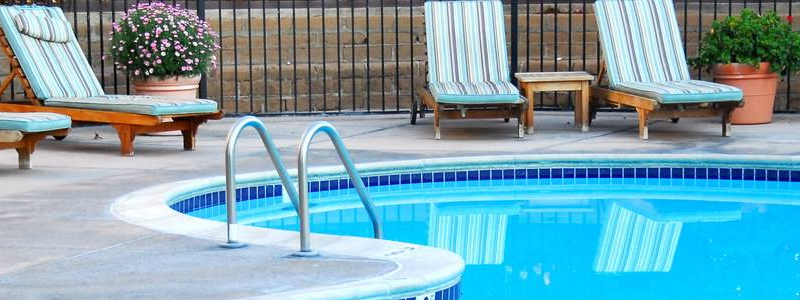
PAC for drinking water - ACPC series
PAC is a flocculant of new concept, the specific properties of which derive from the action of its basic active constituent, namely Poly Aluminium Chloride.
This is a polynuclear complex of polymerised hydro-aluminium ions, with the following general formula: { Al2 (OH)n Cl6-n }x
PAC is supplied in form of water solution or as powder, which facilitates the transport and storage operations and subsequent dosage of the reagent.
Technicians developed know-how and technologies for production plants of the following grades of PAC:
PAC 9% HB: high-basicity liquid PAC, containing 9 ± 0,5% Al2O3, specific for potable waters.
PAC 9 is based on highly charged aluminium which results in lower dosage and therefore reduces sludge volume and pH adjustment demand. It also improves solids and/or phosphorous removal over conventional coagulants.
High-performance PAC 9 HB for drinking water
To get good results in drinking water treatment, low aluminium-content and high basicity PAC 9%-10% Al2O3 is employed.
Usually, PAC 9%-10% Al2O3 is produced by simple dilution of PAC 18% Al2O3, adding a basifier like Na2CO3, in order to reach a final basicity of 58~70%.
These products and similar formulations release about 200 ppb aluminium ions in the treated water and have a limited stability during the time.
Some expertised industries supplies complete plants for production of high-performance PAC 9HB, obtained by reaction of PAC 18% with aluminium sulphate and with two different types of basifier.
The reaction is carried out at room conditions without formation of solid residues, as common for other commercial processes which require a filtration. The stability to storage is very good and pH range is 2~3.
Basing on our know-how, the final product from our plants is a Poly Aluminium Chloro Hydroxy Sulphate { Al2 (OH)x Cly (SO4)6-(x+y)/2 } 9% Al2O3, adjustable 60~68 basicity, containing a second basifier as sequestering agent.
This sequestering agent considerably improves the characteristics of the polymer, increasing the coagulation and flocculation velocity, even in case of low turbidity and low temperature. Moreover, the sequestering agent increases the storage stability of the final product.
The polymer hydrolyzes completely in treated water, leaving low residual aluminium content, less than 100 ppb with a dosage of 20 ppm, whereas standard PAC 9-10% HB leaves approx. 200 ppb aluminium ions. PAC 9HB forms large flakes which easily sediment, reducing the backwashing of sand filters and decanters.
In PAC 9HB plants, the basicity value for the output product is adjusted via software control system. In this way, it is possible to correct the working recipe of the plant according to the different physic-chemical characteristics of the raw materials used in the different batches, in order to obtain the same value of final basicity.
The PAC 9 HB, production process is obtained by reaction of PAC 18% with aluminum sulphate and a basifier, using a GFRP reactor and a mixer-mill of particular design.
The reaction is carried out at room conditions and production filtration is not required.
PAC applications
Water treatment - The poly aluminium chloride (PAC) is used for settling of solid particles present into drinkable waters and for the flocculation of civil and industrial effluents. It has also a high antibactericide effect, due to the presence of chlorine into the product formula, and can be utilized for large range of pH and with higher turbidity.
Paper manufacture - The main features of PAC are its high Al2O3 content and polymeric nature, which give rise to products of hydrolysis characterized by a high molecular weight and a large number of positive electric charges able to interact with the cellulose fibers and size, optimizing the sizing phase and the retention of fibers.
For more information or Inquiry about PAC - ACPC series, please contact us :
TIAN@CHEM.NET
 Previous
Previous  Next
Next Get answers and advice from people you want it from.